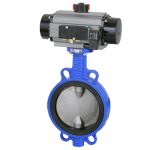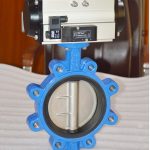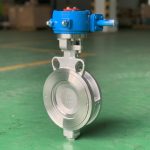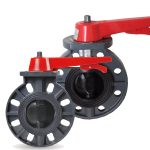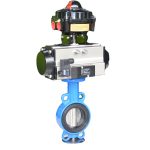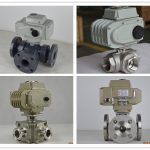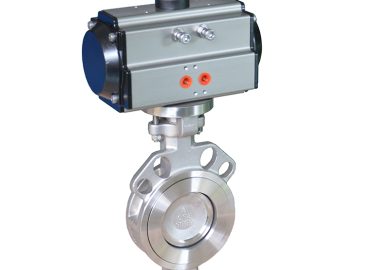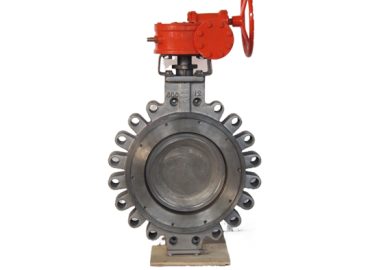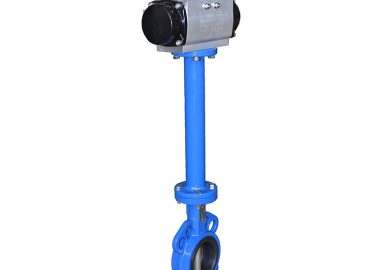When selecting the right butterfly valve for your system, it’s important to understand the relevant dimensions and specifications of the valve type you’re choosing. There are several elements to consider, such as the size and pressure rating of the disc, stem, and seat as well as additional features that may impact performance or safety requirements. To ensure you get a reliable and efficient butterfly valve option for your application, it’s essential to know what you need to look out for when it comes to sizing. In this post, we’ll discuss what you need to know about butterfly valve dimensions.

Introduce
Wafer Butterfly valve are an important part of many systems, and their dimensions play a crucial role in ensuring reliable performance. Properly selecting the right dimension for a butterfly valve is essential for optimal performance and efficiency. In this blog post, we’ll explore what you need to know about lug butterfly valve dimensions, including types of discs, stems and seats, flow requirements, pressure ratings and quality control measures.
Introduction to butterfly valves and their key dimensions
Butterfly valves are control mechanisms consisting of a disc placed in the center of a pipe, which turns to open or close the flow of liquid passing through. The size and design of these valves are key factors in determining their performance.
Depending on the type of valve, such as lugged and wafer butterfly valve style designs, they come in various sizes and configurations that can fit pipes and vessels with different diameters. In addition to size, other important dimensions include stem length, hub thickness and face-to-face measurements. Pressure ratings also need to be taken into account, as these will determine how much force is necessary for opening and closing the valve. Finally, flow requirements should also be considered when selecting butterfly valves as this will affect how quickly material passes through and whether any amendments such as reducers or enlargers may be needed. By familiarizing yourself with butterfly valve dimensions, you can select the appropriate one for your application and ensure efficient performance.
Types of butterfly valve discs, stems and seats and the relevance of each to application
Pneumatic butterfly valve discs, stems and seats all play an important role in valve performance. Discs are available in several materials including aluminum bronze, stainless steel, and nickel-plated iron. These discs usually range from 6” to 24” in diameter, but the exact size depends on the application. Stems can be straight or offset and are generally made of stainless steel with a corrosion-resistant coating.
Seats typically come in metal or reinforced rubber varieties that can withstand high temperatures, pressures and chemical environments. Selection of the right disc, stem and seat is essential to ensuring optimal performance as they must be compatible with each other and the application they’re going into. Additionally, factors such as pressure ratings should be considered to make sure that it can handle any forces acting on it when open or closed.
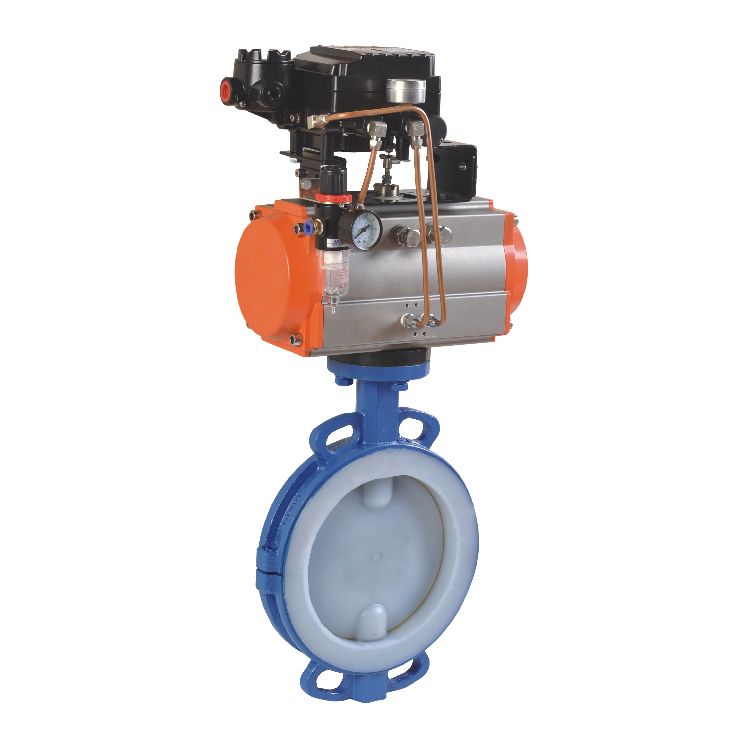
Discussion on size, pressure ratings, and flow requirements for a successful butterfly valve installation
Installing a butterfly valve requires careful consideration of size, pressure ratings, and flow requirements in order to achieve optimal performance. Size is a crucial factor as it must fit the pipe or vessel correctly to ensure that material can pass through without any impediments.
Pressure ratings should also be taken into account, as this determines how much force is necessary for operating the valve. Flow requirements must also be factored in during installation as this will affect how quickly material passes through and whether any changes need to be made such as reducers or enlargers. Additionally, selection of the most suitable disc, stem and seat should relate back to all the aforementioned factors so that compatibility with the application and optimal performance can be achieved. By considering all these points when installing butterfly valves, you can ensure successful operation for your specific application needs.
Factors that may affect the size of a butterfly valve
The size of a pneumatic butterfly valve is an important factor to consider during installation as it must fit correctly within the pipework or vessel. Factors that may affect the size include pipe diameter, pressure ratings, flow requirements and structural design. For example, if the pipe is larger than normal then a larger butterfly valve will be needed to ensure unrestricted material flow.
Pressure ratings are also a significant factor as this determines how much force is necessary for operation. If the operating pressure is too high then a larger size might be required. Flow requirements should also be taken into account when it comes to sizing; the greater the pressure drop across the valve, the larger it should be. Finally, structural design plays an important role in determining what size will work best; factors such as torque limitations, space constraints and accessibility must all be considered when selecting the right one for your application.
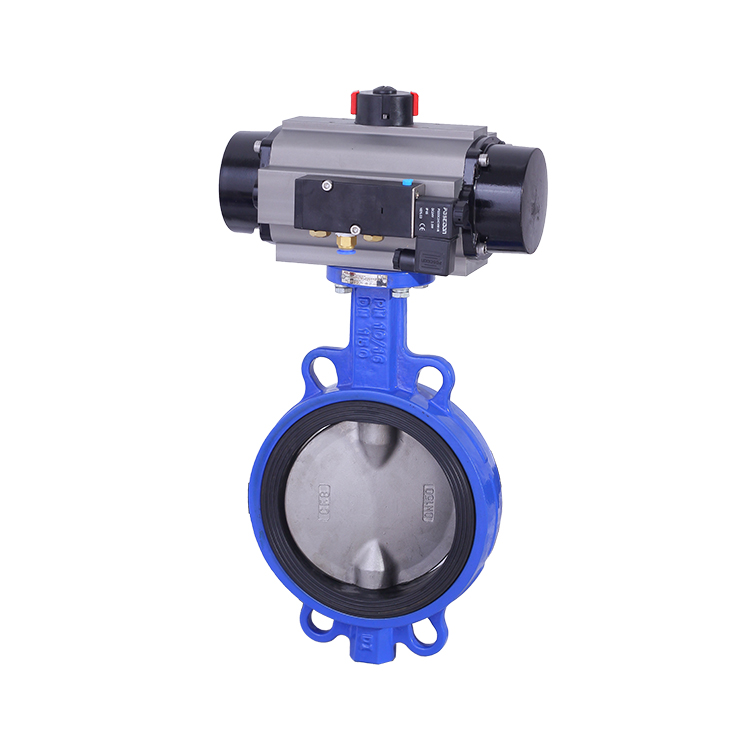
Quality control measures taken in selecting the right sized butterfly valve
Quality control is an essential part of selecting the right size butterfly valve for any application. Measures taken to ensure quality include inspection of the material, measurements of critical dimensions and testing under simulated conditions. The first step is to inspect the material used to manufacture the valve; this includes checking for signs of defects or wear that may affect its performance. Next, measurements such as pipe diameter, pressure ratings and flow requirements must be taken in order to properly size the valve correctly.
Finally, tests should be conducted on simulated systems in order to verify that the size selected is suitable and will work correctly within its intended environment. By taking these quality control measures into account during selection, you can ensure optimal performance for your specific application needs.
Optimal conditions for efficient performance with regards to dimension selection
When selecting the right size butterfly valve, there are several factors to consider in order to ensure optimal performance. Firstly, the pipe diameter and pressure ratings must be within their specified limits in order to guarantee material flow and efficient operation.
Secondly, the flow requirements should be taken into account in order to select a size that is suitable for the application; if it is too small then there will be an increase in pressure drop which can lead to poor performance. Finally, structural design also plays an important role as torque limitations, space constraints and accessibility all need to be taken into consideration when choosing the dimension of the valve. By taking these factors into account during selection, you can ensure optimal conditions for efficient performance with regards to dimension selection.
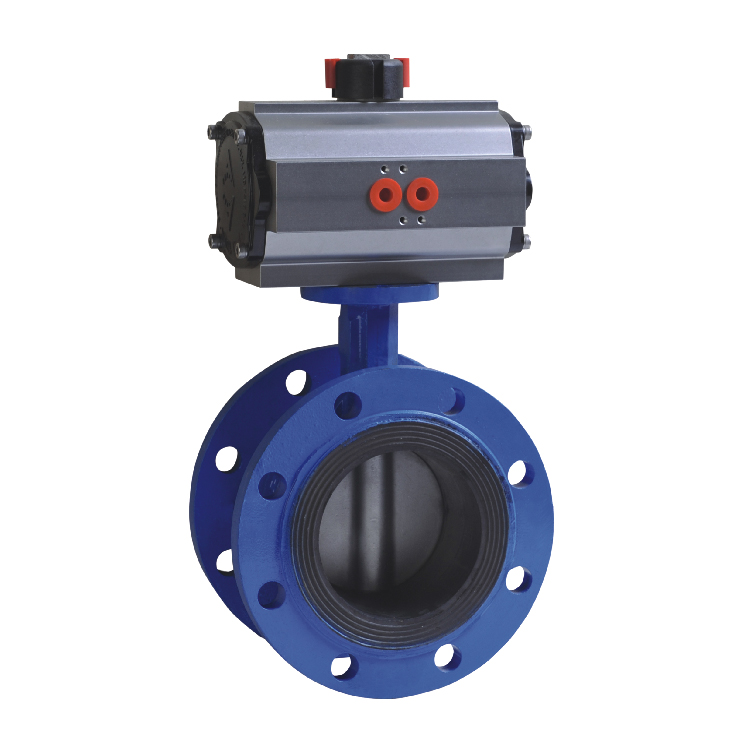
Conclusion
When choosing a flanged butterfly valve for an application, it is important to take into account many factors in order to ensure optimal performance. The pipe diameter, pressure ratings and flow requirements must be considered when selecting the right size. Structural design must be taken into account as torque limitations, space constraints and accessibility can all impact the selected dimension. Finally, quality control measures should be implemented during selection in order to guarantee that the material is up to par and that the sizing is correct. By taking all of these factors into account, you can be sure that your butterfly valve dimensions are optimized for efficiency and reliability.


